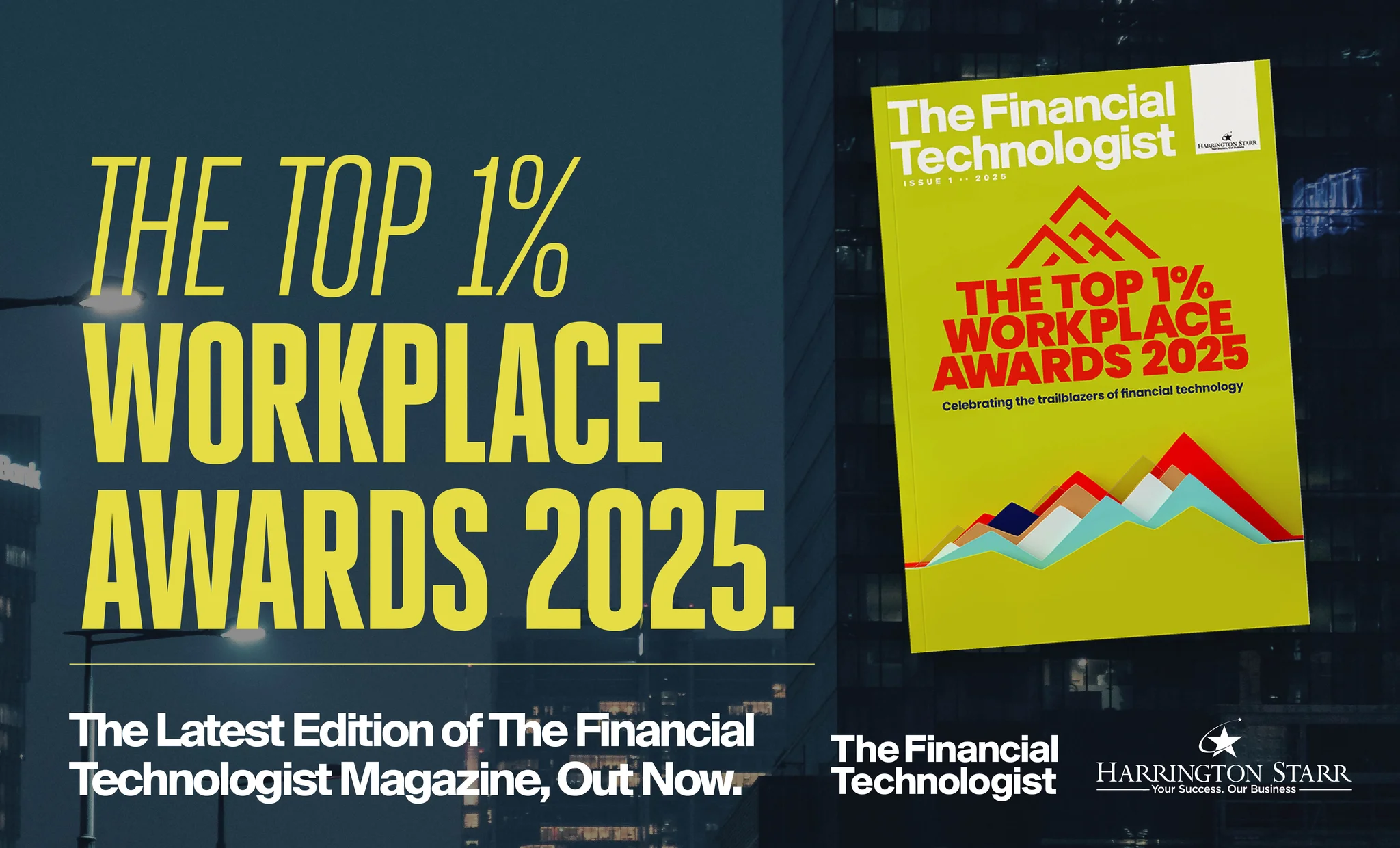The trading environment is growing more complex. Capital markets firms have faced increasingly difficult market conditions over the past year - from a fluctuating global economy to notable regulatory changes.
Breakthroughs and innovations over the past decade have paved the way for huge advancements across asset classes. The past year, in particular, marked a distinct shift. The convergence of advances in cloud technology, open-source software adoption, and sophisticated tech accelerators has provided firms across the capital markets ecosystem with new ways to enhance their technology stacks.
Looking towards the coming year, it is inevitable that firms will continue to face challenges. However, those well-prepared will be placed to seize the agenda and capitalise on the advancements in modern trading technology.
Navigating Industry Challenges in 2025
Capital markets firms will be approaching this year’s trading challenges against a backdrop of political and economic instability.
The word of the year in 2024 was volatility, and 2025 is set to be no different. With last year’s ‘super year’ of global elections now at a close, this year firms will be closely watching what happens next as new administrations settle in, reorganise government bodies and begin to bring in new regulation.
Despite predictions of further rate cuts in 2025 and a steady decline of interest rates in recent months, inflationary pressures remain, posing a challenge for markets attempting to price in forecast cuts. In the UK, inflation rose to a 10-month high in February 2025.
In this context, new industry trends are emerging. The rise of 24/7 trading, technological leaps in AI and machine learning, and the shift to cloud trading have been making waves on trading floors grappling with this macroeconomic uncertainty. Firms will be considering the risks and challenges that continuous trading may pose, and how best to futureproof their technology stacks to support round-the-clock operations. Meanwhile, exponential leaps in AI capabilities and cloud-based trading have highlighted the need for firms to ensure they stay ahead of the curve and remain competitive.
These factors have intensified the focus on firms to bolster their technology to effectively handle operational challenges and fast-moving markets, ensuring they manage both these, and as-of-yet unknown, industry movements effectively.
Harnessing Technological Advancements for Competitive Edge
To stay competitive, firms are re-thinking their technology estates and strategies with a key focus on differentiation and adaptability. The most prepared firms will be able to leverage technological advancements to their advantage. For instance, the increasing shift to cloud-based trading technology offers firms the opportunity to achieve greater scalability and delivery velocity, whilst maintaining high performance and ensuring high availability at a far lower cost.
The market landscape highlights the enthusiasm from firms to shift from off-the-shelf vendor solutions to building custom, owned technology stacks. As proprietary technology becomes an increasingly viable option, thanks to steps forward in open-source technology and sophisticated technology accelerators, a growing number of firms are taking innovation into their own hands. Proprietary trading technology allows firms to adapt to changing market conditions at a rapid pace, futureproofing and differentiating themselves against competition.
Advancements in the way firms build their technology are key to fostering progress. Open-source software plays a crucial role in allowing more firms to take the helm in cultivating innovation, while tech accelerators speed the development and deployment of custom technology solutions whilst de-risking custom builds. Modular design also contributes to this flexibility, allowing firms to integrate new technologies seamlessly and scale their operations efficiently. Together, these advancements allow for the sort of agility and pace required of today’s capital markets firms.
In conclusion, the future of capital markets lies in the hands of firms that can harness the power of proprietary technology. By leveraging cloud computing, open-source software, and tech accelerators, firms can build and own high-performance technology stacks that enable them to navigate complexity and volatility effectively. By focusing on differentiation and tech ownership, firms can position themselves to capitalise on the opportunities that lie ahead.






